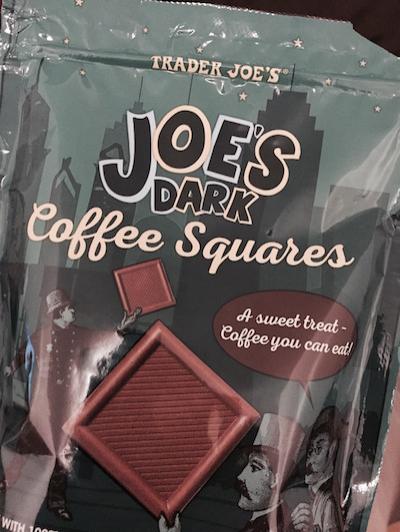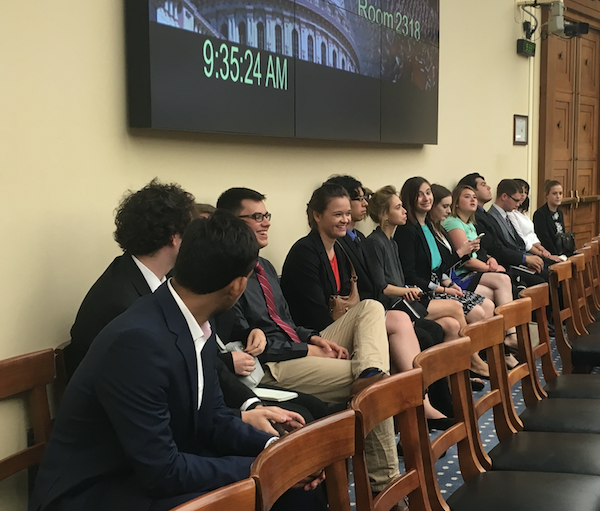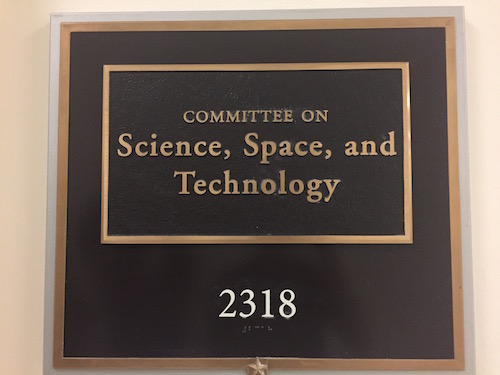Friday, June 30, 2017
By:
So I’ve hit the halfway mark, and I’m not any closer to solving the coronal heating problem. What’s going on here?
(That was a joke.)
For all their many benefits, summer research internships suffer from one major limitation: ten weeks is not enough time to master the breadth of a subject. In just over a month, I’ve (a) taught myself two new programming languages, (b) inspected unfamiliar code, (c) read up on mathematical analysis methods, and (d) completed a crash course in solar physics. Can I say I’m proficient in any of these things? No, not really.
But I’m approaching the point where I’d call myself competent, at least for the purposes of my project. And for the time being, that’s what matters.
To any current or prospective interns who might be reading this: don't get discouraged. Undergraduate research is good for you. Still, be realistic — one summer won’t make you an expert. You won’t make the next great discovery (although internships do occasionally produce publications), and you probably won’t be able to answer every question anyone could ask about your work. What’s far more likely — and arguably just as desirable — is that you'll leave with a little more knowledge, a new skill or two, a handful of solid connections, and a better idea of where you want to go next.
A new intern joined our lab on Monday, and with Dr. Viall out of town for a conference, I was tasked with giving him an overview of spectral analysis — something I knew virtually nothing about five weeks ago. You often don’t realize how much you’ve absorbed until you explain it to others. Ask me about Fourier transforms sometime.
Better yet, ask me about creating two infinite loops on my first day of learning Python. (That was last year, but it's a fun story.)
I’ve spent the rest of the week practicing IDL, the second of the two programming languages I’ll be working with this summer (the other being MATLAB). Specifically, I’m using a code written in IDL to model the heating of coronal loops. The code, unfortunately, has a number of bugs, and it’s taking me time to wade through them.* There are days when I need to remind myself that it’s OK if not everything works right away, especially while I’m still learning.
I’ve had a couple of those recently.

And now, for something completely different: the first of the intern site tours was this Thursday. Eleanor and Riley work as science policy interns on Capitol Hill (House and Senate, respectively), and they were able to bring us to a hearing on in-space propulsion held by the House Committee on Science, Space, and Technology. During the hearing, Rep. Ami Bera (D-CA), ranking member of the Subcommittee on Space, recognized us personally. “I’m told that there’s a group from the Society of Physics Students here today,” he said. “You guys represent the future, and that’s why we do what we do.”
He proceeded to ask us to stand. I don’t think anyone saw that coming.
Photos:


* I would be remiss not to acknowledge Emily Mason and Larry Kepko, who patiently fielded my questions in Dr. Viall’s absence. Their expertise, and their kindness, is much-appreciated.
Kristine Romich

![I totally understand everything in this book. Just kidding. [Mathematical Methods in the Physical Sciences (2nd ed.), by Mary L. Boas]](/sites/default/files/images/programs/2017/interns/math_methods_book.JPG)
